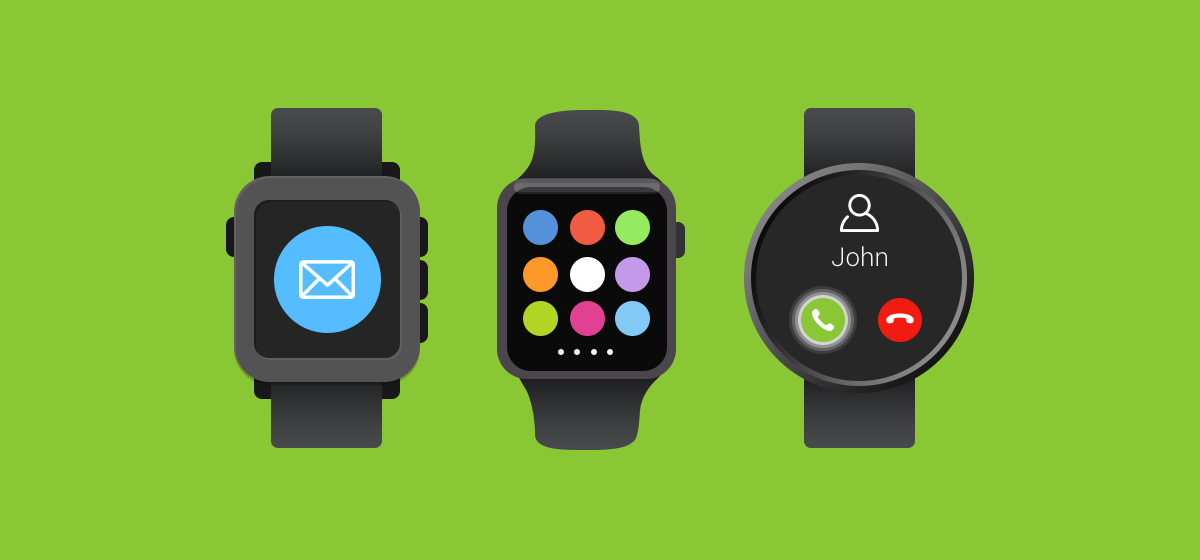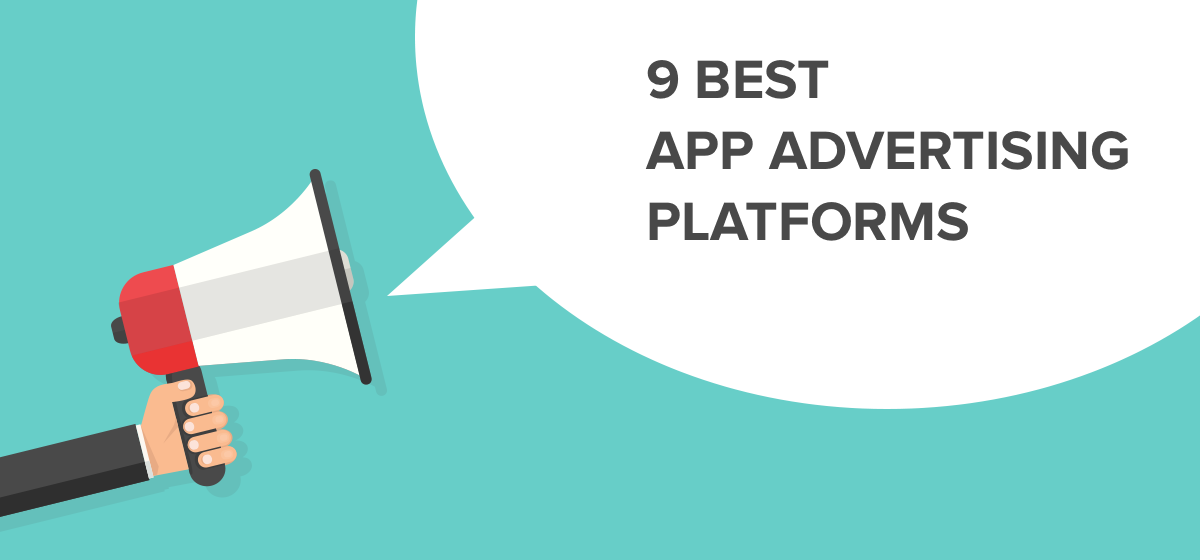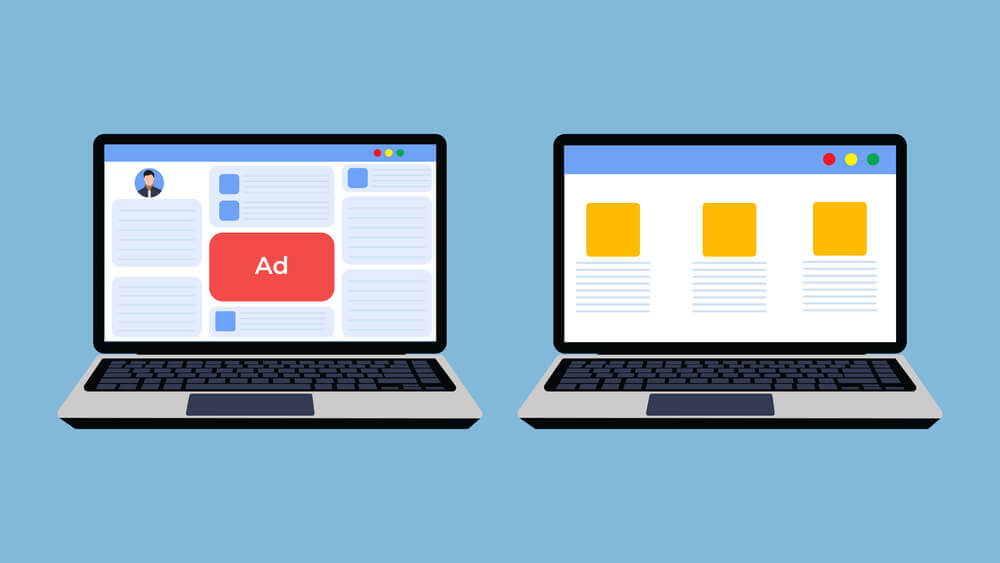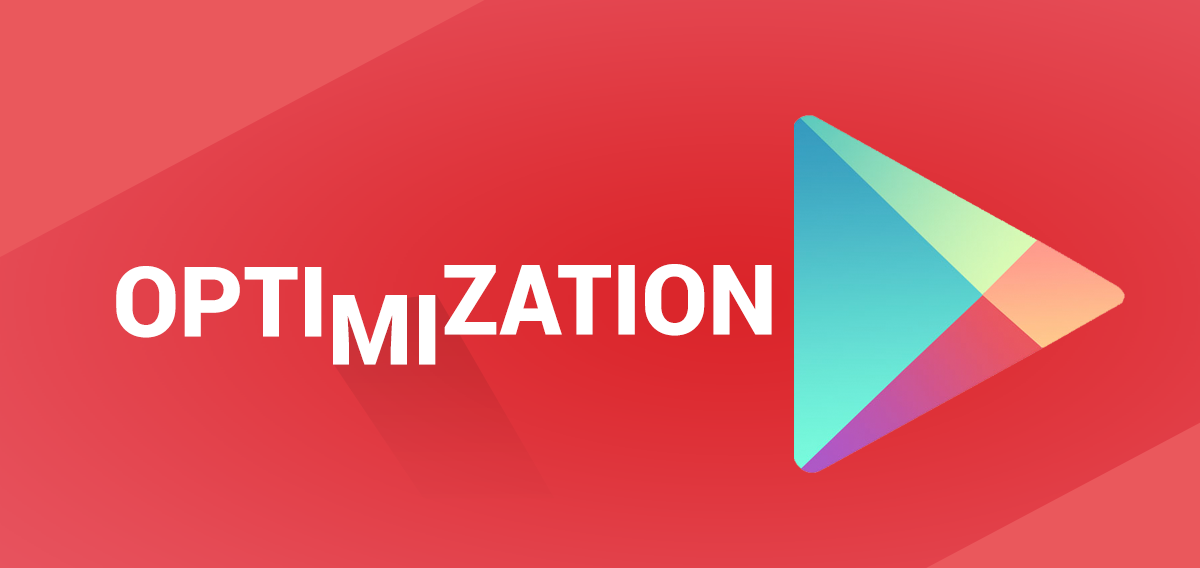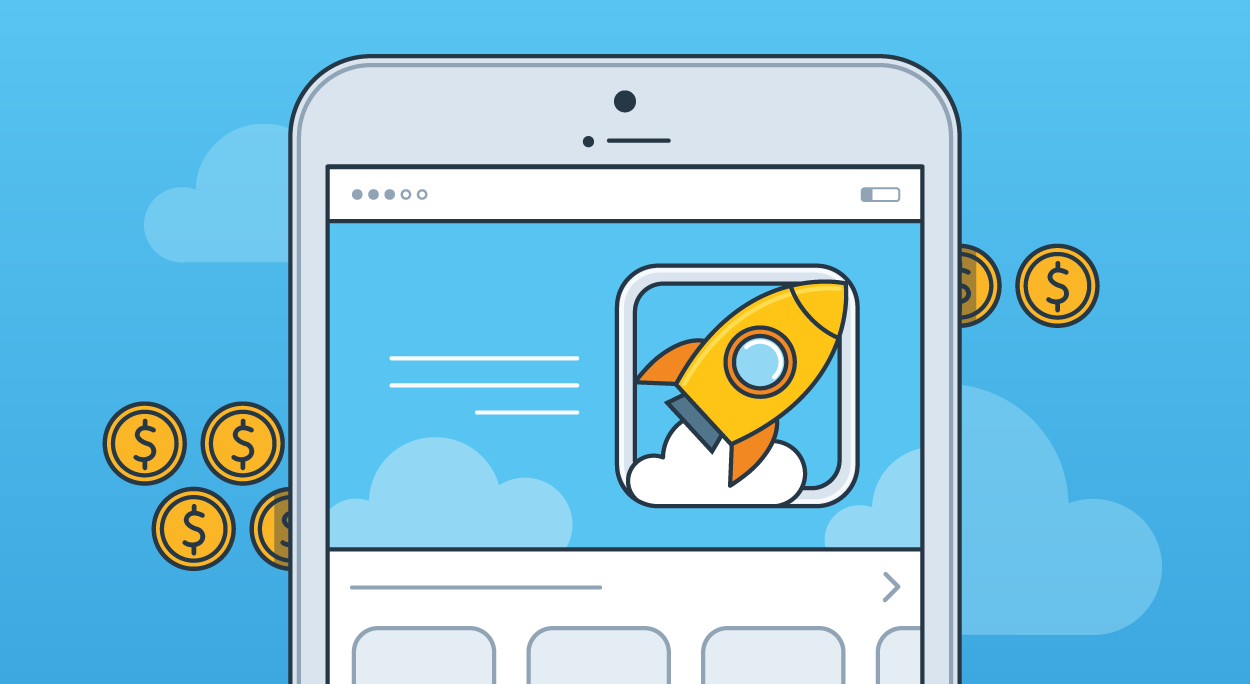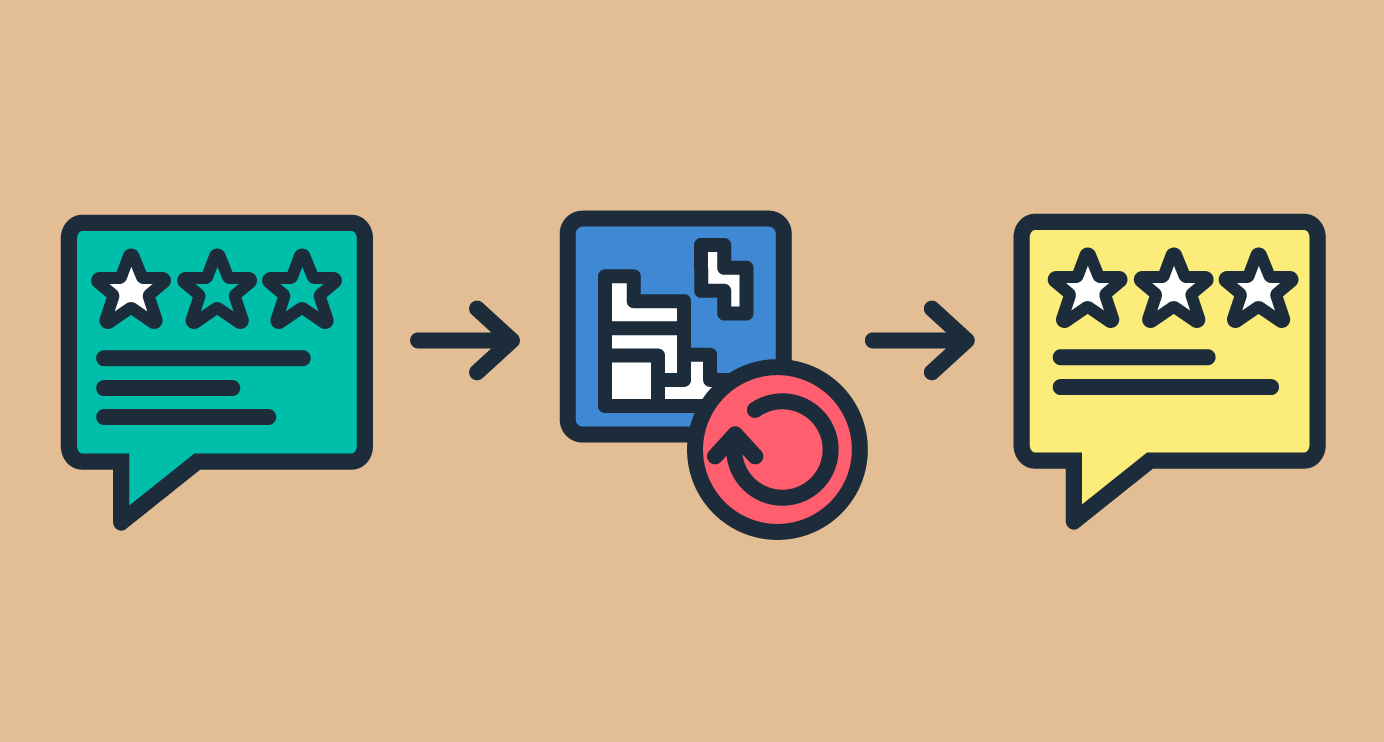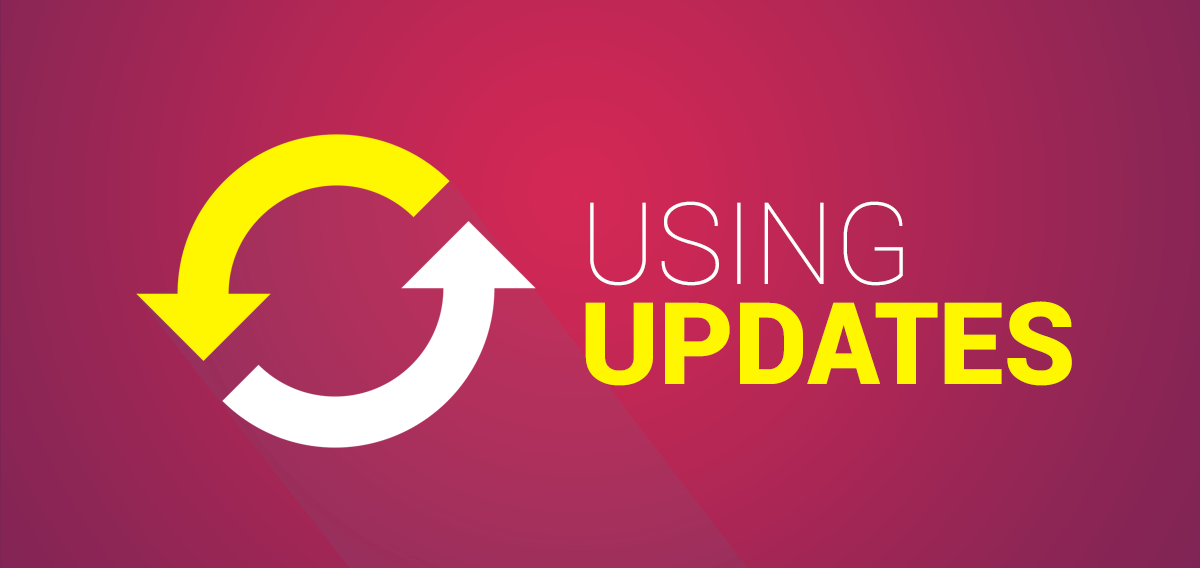App developers need to be familiar with a number of different devices and platforms in order to make their applications usable for everyone. Applications began when Apple introduced the App Store, which is now the primary way of accessing applications for phones and tablets.
Apps are now being developed for both iOS and Android platforms with some success but now there are even more devices and platforms being introduced to the mix. The platform that is gaining popularity quickly is the smartwatch.
Smartwatches have been around for longer than you might think but since their development over a decade ago, they haven’t seemed to gain any traction. That is all changing as companies like Google and Apple, and even smaller companies, are developing smartwatches that are more attractive and user-friendly for consumers.
Related reading:
Is Freemium Really Killing the Digital Gaming Industry?
With a market that is primed to accept a new piece of technology, these companies are taking advantage. They are lowering the prices, improving the features and the style of the watches as well as making them more aesthetically pleasing for the user. When a watch is more technologically advanced and more fashionable then consumers are more likely to be interested in purchasing and using it.
The growth in popularity of the smartwatch has been just as rapid as the developmental changes that have been implemented. Part of this means developing apps that are suited for the platform used by the watches.
The reasons for developing apps for smartwatches will prove to be challenging as well as fruitful for developers. We have listed some of the main reasons to get involved in the new platform below.
1. The New Kid In Town
There are only a select few operating systems for smartwatches, and there are already many apps available or being showcased for each. The Android Wear, Pebble, and Apple Watch Kit are all platforms that have yet to reach their potential in terms of available apps and features.
The apps that are available add something to the usability of the watch and the overall performance. This makes the smartwatches something even more appealing and more functional than an average watch or timepiece.
Getting into this amazing market of applications early will create a place for the developer in the market. This also means having an understanding of how the platform works from the beginning and being able to compete with the skills of other developers in terms of flexibility. Developers can become well known in the industry when they get into smartwatch app development right from the start.

2. Improving UX
Since this is a relatively young platform in the development world, there are a lot of functions that have yet to be discovered or added. These missing features could make the user experience even better and could be something that developers can use to make a name for themselves. There is a huge amount of room for improvement in terms of the stock of apps and the features they could add to the watches.
It is normal for operating systems to be updated and improved with new features and elements put out by the company. This often happens frequently over the lifetime of the app. This is the case with apps used on platforms that have already been well developed.
Before companies are able to begin making improvements for the smartwatch platform, developers have the opportunity to make a contribution by making these improvements for the companies in order to better establish their brands. Pebble alone already has over 5,000 apps and that number is only growing. Developers need to get into this market if they want to be successful overall.
3. Paid Apps
While apps for phones and tablets are often free or based on a rate that reflects the use of the app, smartwatch apps are often paid downloads. This is good news for everyone involved in the development, as monetary elements are definite.
Most users are expecting to pay for the apps that they use on their smartwatches as that was what the system used when the watches first came onto the scene. Because of this, there are more chances for developers and companies to make more money from the apps they put out to customers.
The unique additions that these apps add to the smartwatches make them more usable and provide valuable functions for the user that they are happy to pay for.
4. The Issue Of Fragmentation
Understanding that fragmentation between platforms has been a headache that all developers and companies would like to avoid. It is also why most have put more time and effort into keeping the operating system of the smartwatches easier to use and understand.
While phones have different platforms that need to be accommodated for, the smartwatch platform is more controlled, with little variation. This makes developing apps much easier.
5. Impressive Attributes
There are things that smartwatches can do that will impress any user. Their functionality includes a lot more than just telling time. There are sensors that allow the watch to collect data and interact with other devices.
This is primarily useful for fitness and notifying the user but the watch is becoming more versatile than ever before with the ability to make payments and operate the user’s vehicle.
The potential is there for developers to use to their advantage. There are ideas that can be developed for the watch specifically and elements that can be used to enhance the user experience fully.
Want to receive reading suggestions once a month?
Subscribe to our newsletters